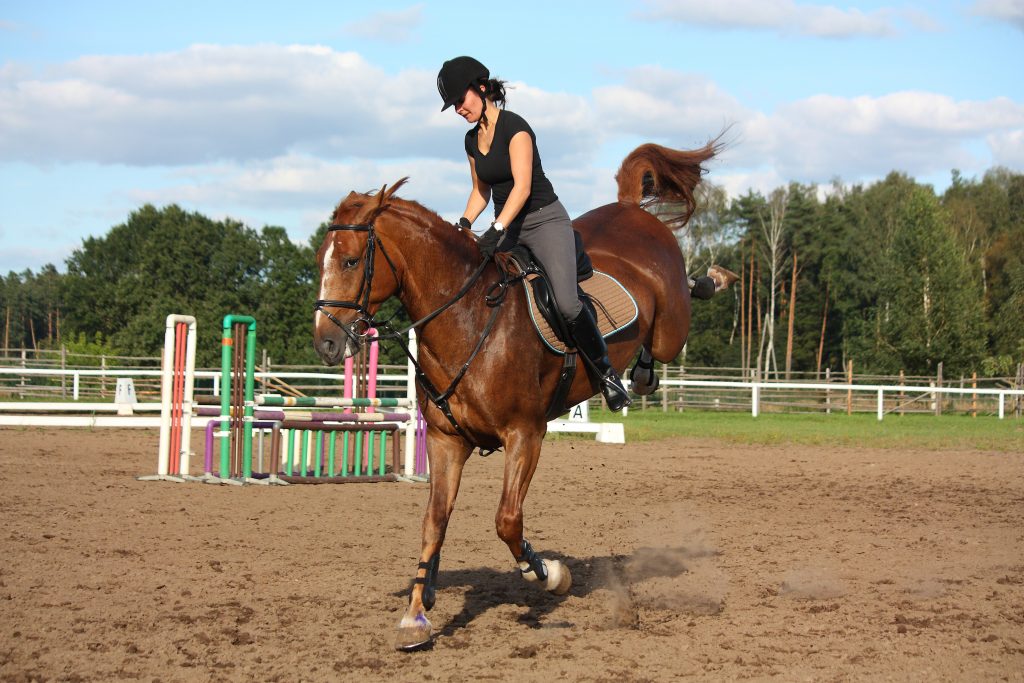Equine Cushing’s Disease is the common name for Pituitary Pars Intermedia Dysfunction (PPID). It is a common disorder primarily affecting older horses. It is caused by abnormal growth or dysfunction in the pituitary gland, leading to excess production of adrenocorticotropic hormone (ACTH). This causes elevated cortisol levels, disrupting metabolic processes and results in a range of symptoms.
Causes
Cushing’s Disease stems from dysfunction in the pars intermedia, a section of the pituitary gland. In affected horses, this area enlarges due to a benign tumour or hyperplasia, causing excessive ACTH secretion. This overstimulates the adrenal glands, leading to high cortisol levels, which impair normal bodily functions. Though typically seen in horses over 12 years of age, rarely it can occur in younger horses.
Symptoms
Common signs include:
- A long, curly coat that fails to shed properly, Laminitis,Increased thirst and urination, muscle wasting, weight loss, abnormal fat distribution (e.g., fatty deposits in odd areas), lethargy, poor performance, and recurrent infections due to a weakened immune system.
Diagnosis
Diagnosis typically begins with observing symptoms and is confirmed with blood tests, including:
- Detecting elevated ACTH levels, testing the cortisol response to corticosteroids. We also use a newer test evaluating pituitary gland response to thyrotropin-releasing hormone.


Treatment
Although incurable, PPID can be managed with:
- A daily medication (Pergolide) that reduces excess hormone production, a low-sugar, low-starch diet to minimise the risk of laminitis, regular hoof and dental care, worming programmes, and six-monthly blood tests to ensure appropriate medication dosing.
Prognosis:
Cushing’s is a lifelong, progressive condition. However, with effective management, many horses lead healthy, comfortable lives. Close monitoring of body condition and prompt veterinary consultation for concerns are essential to ensuring long-term wellbeing.
Find out more about Cushing’s Disease on our downloadable Factfile – click on the PDF icon at the top of the page.

Call to ask any question
01420 551 365
Equine Services
Your Trusted Equine Partner
Expert veterinary care for horses in Surrey, Hampshire and the surrounding areas.


